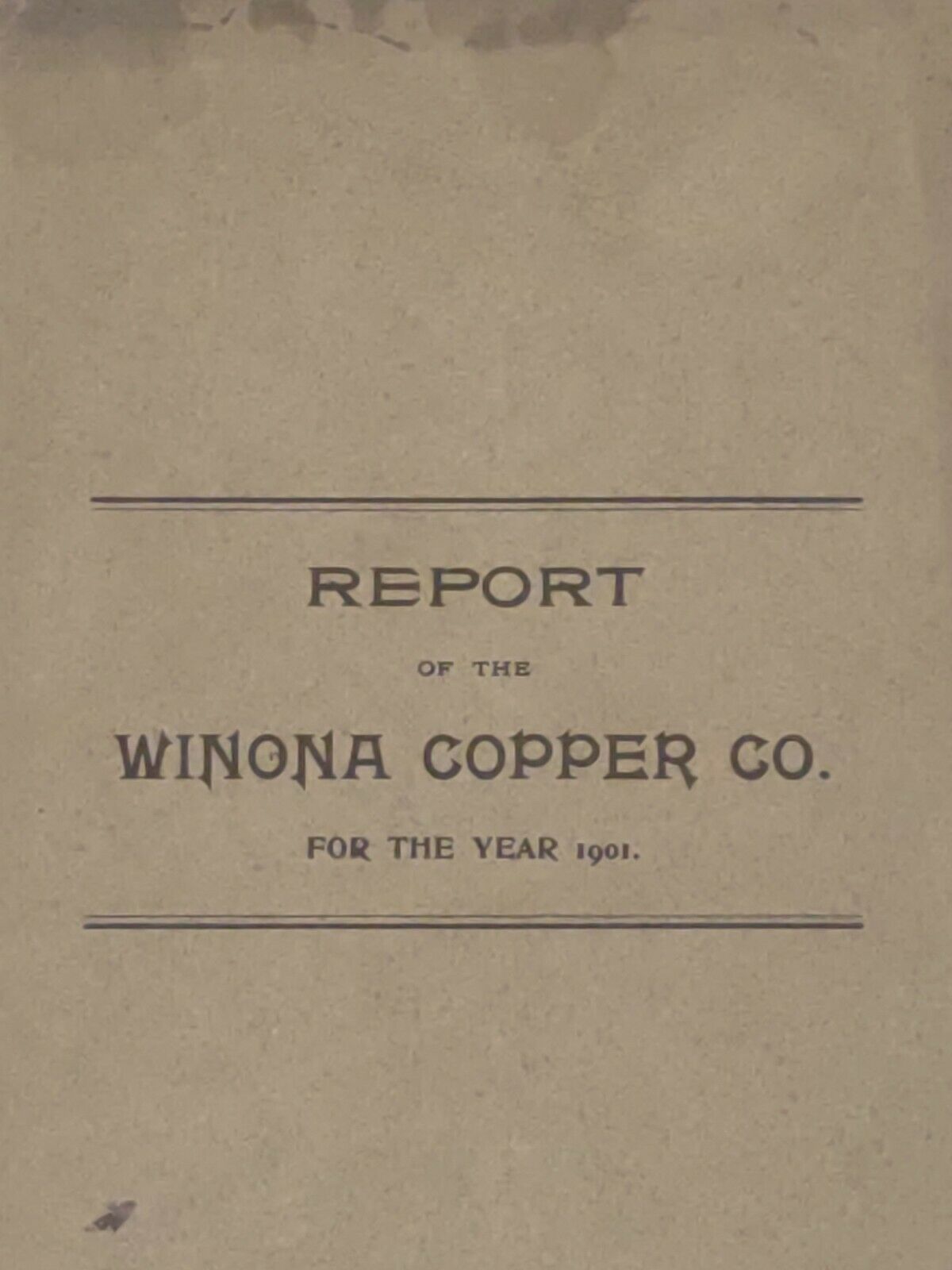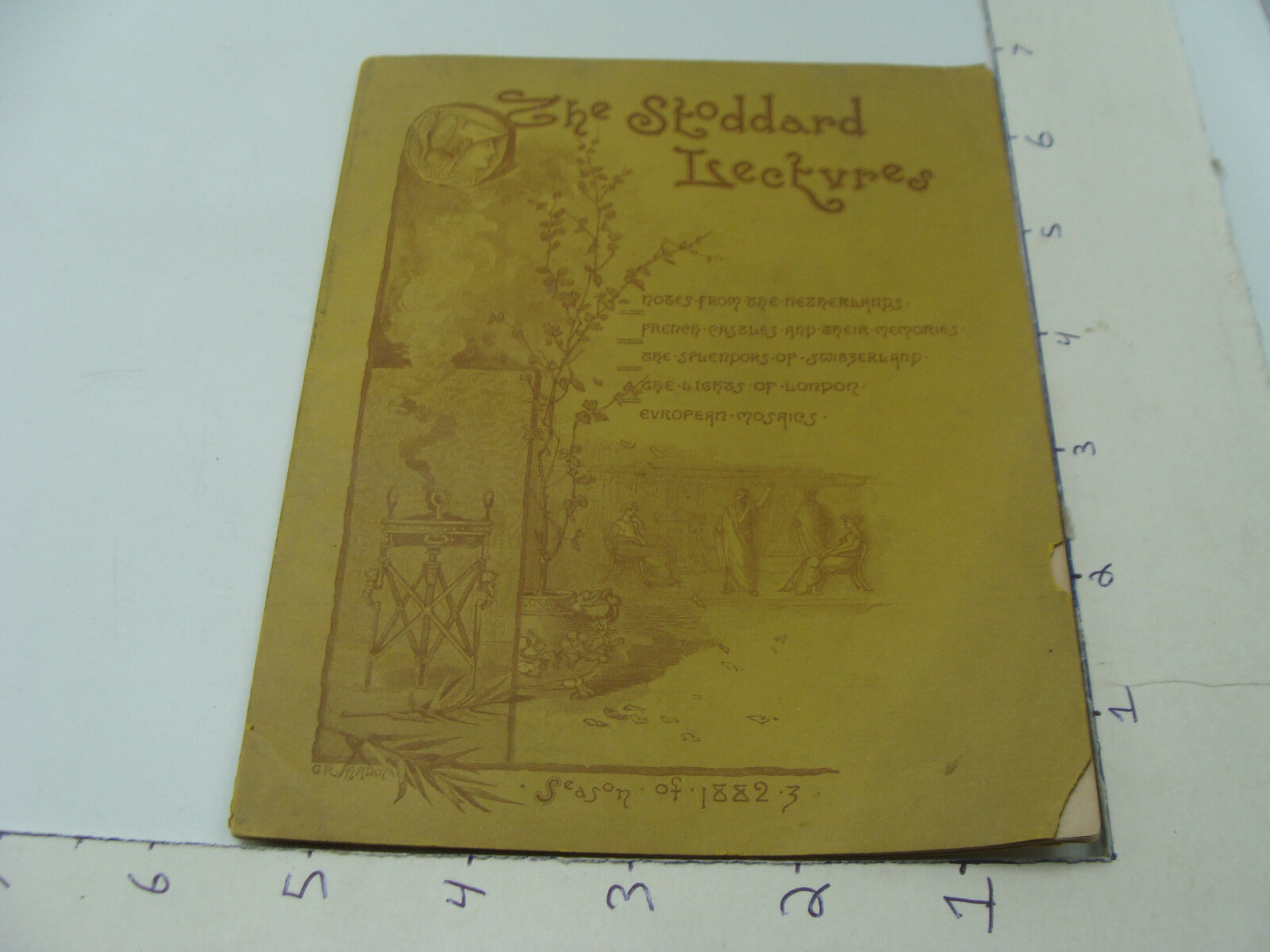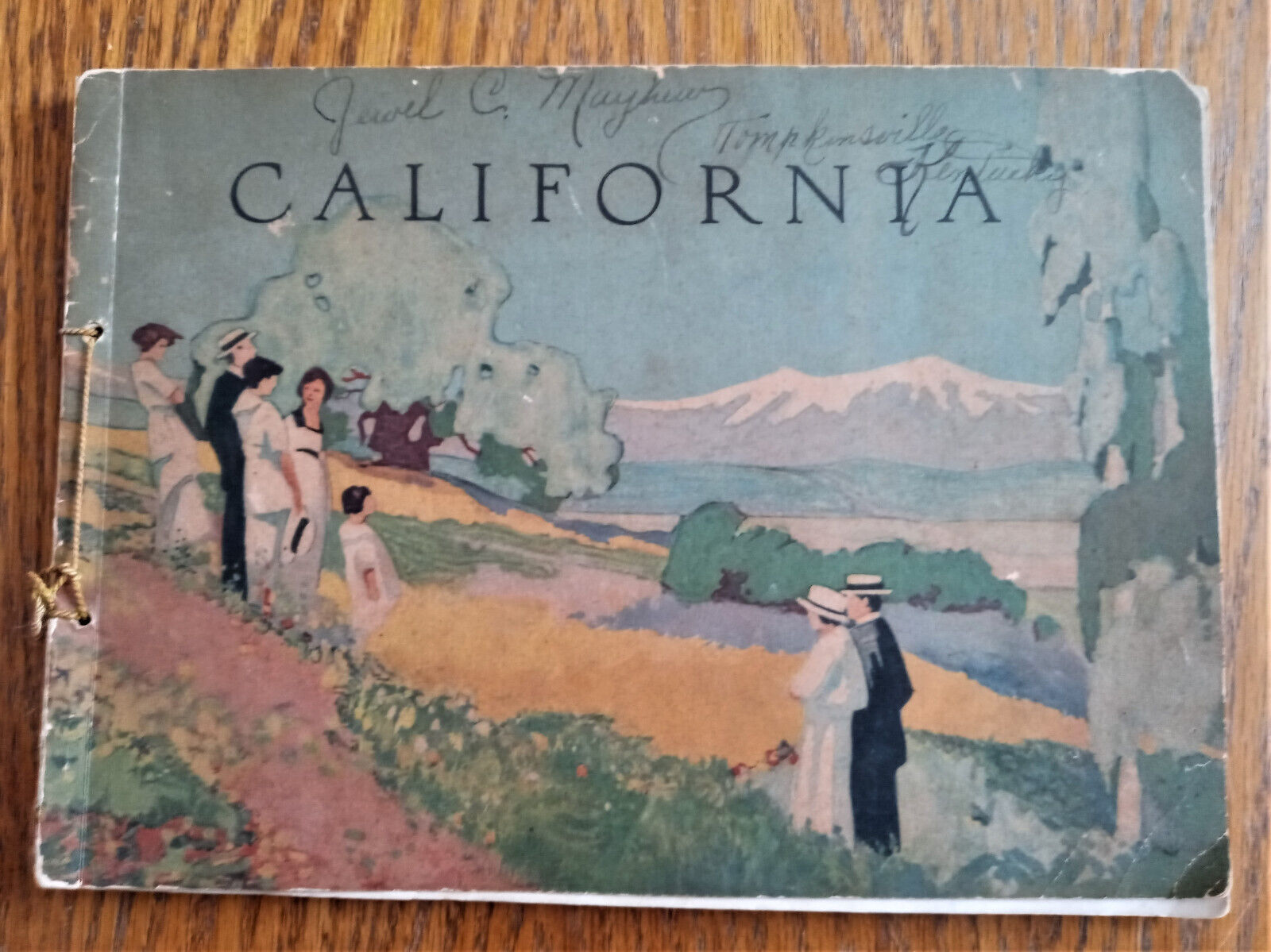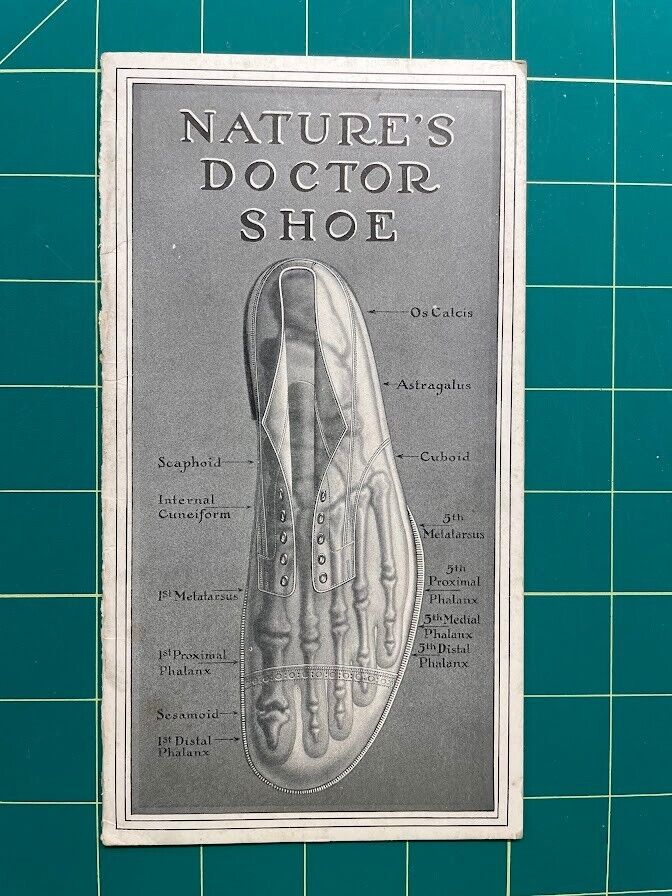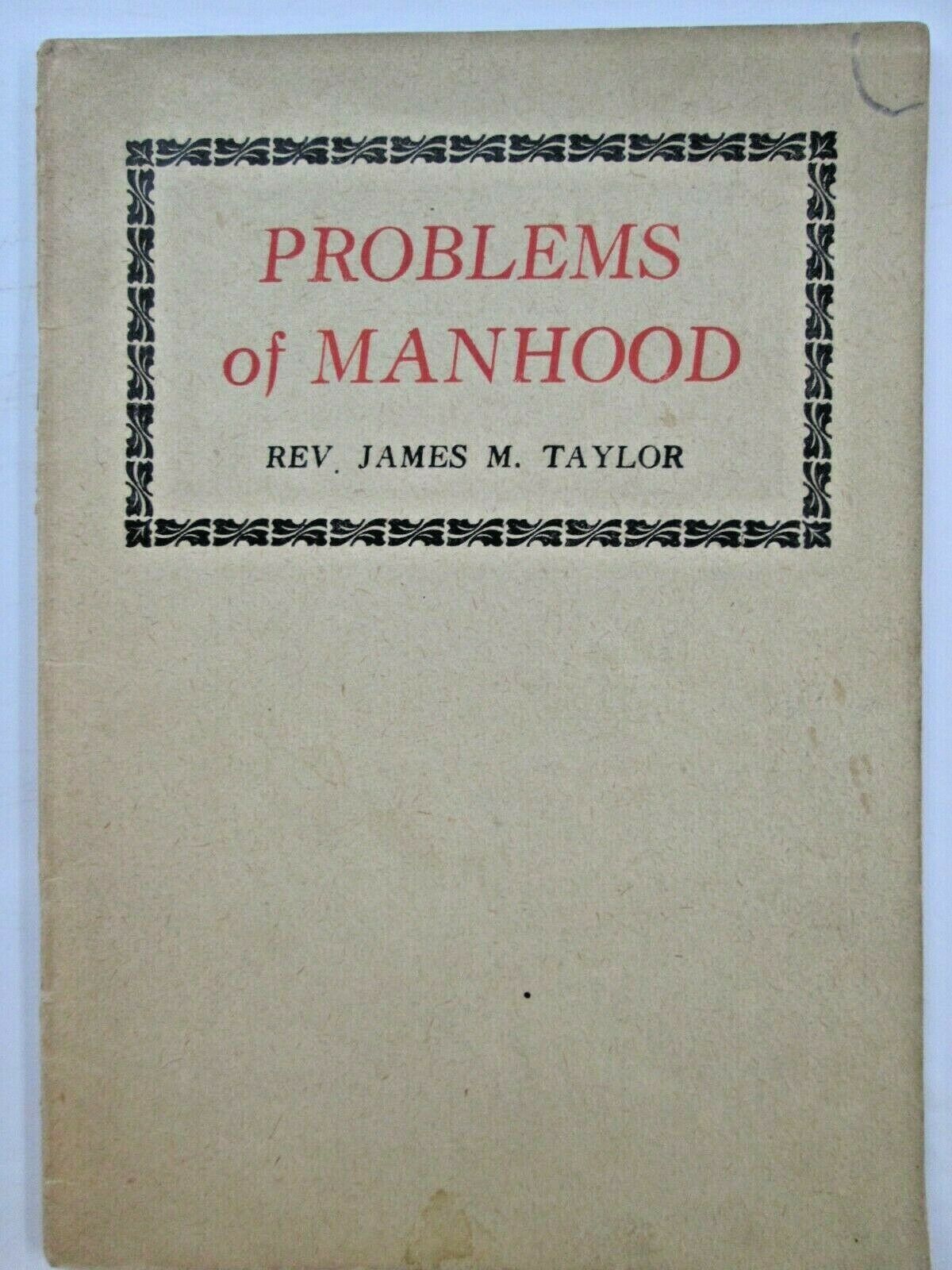-40%
1913 Fifty Common Birds of Farm and Orchard, Booklet with Color Illustrations VG
$ 10.55
- Description
- Size Guide
Description
Fifty Common Birds of Farm and OrchardFarmers Bulletin 513
Prepared in the Bureau of Biological Survey
Henry W. Henshaw, Chief
Published by the U. S. Department of Agriculture
1913 Booklet, 31 pages, 9 inches x 6 inches
Very Good Antiquarian Condition. The booklet is clean, covers attached, secure stapled binding, v
intage owner signature on front cover, otherwise
unmarked internal pages, no writing, no highlighting, light page toning, no stains, no rips, no edge chipping, no remainder marks, not ex-library. Some visible surface wear from age use, storage and handling, including a handful of small faint corner crease marks.
Free USA Shipping
>>>
Ornithology is a branch of zoology that concerns the "methodological study and consequent knowledge of birds with all that relates to them". Several aspects of ornithology differ from related disciplines, due partly to the high visibility and the aesthetic appeal of birds. It has also been an area with a large contribution made by amateurs in terms of time, resources, and financial support. Studies on birds have helped develop key concepts in biology including evolution, behaviour and ecology such as the definition of species, the process of speciation, instinct, learning, ecological niches, guilds, island biogeography, phylogeography, and conservation. While early ornithology was principally concerned with descriptions and distributions of species, ornithologists today seek answers to very specific questions, often using birds as models to test hypotheses or predictions based on theories. Most modern biological theories apply across life forms, and the number of scientists who identify themselves as "ornithologists" has therefore declined. A wide range of tools and techniques are used in ornithology, both inside the laboratory and out in the field, and innovations are constantly made. Most biologists who recognise themselves as “Ornithologists” study specific categories, such as Anatomy, Taxonomy, or Ecology lifestyles and behaviours. Though this can be applied to the range of all biological practises
Birdwatching, or birding, is the observing of birds, either as a recreational activity or as a form of citizen science. A birdwatcher may observe by using their naked eye, by using a visual enhancement device like binoculars or a telescope, by listening for bird sounds, or by watching public webcams. Birdwatching often involves a significant auditory component, as many bird species are more easily detected and identified by ear than by eye. Most birdwatchers pursue this activity for recreational or social reasons, unlike ornithologists, who engage in the study of birds using formal scientific methods.
>>>
The United States Department of Agriculture (USDA), also known as the Agriculture Department, is the federal executive department responsible for developing and executing federal laws related to farming, forestry, rural economic development, and food. It aims to meet the needs of commercial farming and livestock food production, promotes agricultural trade and production, works to assure food safety, protects natural resources, fosters rural communities and works to end hunger in the United States and internationally.
On May 15, 1862, Abraham Lincoln established the independent Department of Agriculture to be headed by a commissioner without Cabinet status. Agriculturalist Isaac Newton was appointed to be the first commissioner. Lincoln called it the "people's department." In 1868, the department moved into the new Department of Agriculture Building in Washington, designed by famed DC architect Adolf Cluss. Located on the National Mall between 12th Street and 14th SW, the department had offices for its staff and the entire width of the Mall up to B Street NW to plant and experiment with plants. In the 1880s, varied advocacy groups were lobbying for Cabinet representation. Business interests sought a Department of Commerce and Industry, and farmers tried to raise the Department of Agriculture to Cabinet rank. In 1887, the House of Representatives and Senate passed separate bills giving Cabinet status to the Department of Agriculture and Labor, but the bill was defeated in conference committee after farm interests objected to the addition of labor. Finally, in 1889 the Department of Agriculture was given cabinet-level status. In 1887, the Hatch Act provided for the federal funding of agricultural experiment stations in each state. The Smith-Lever Act of 1914 then funded cooperative extension services in each state to teach agriculture, home economics, and other subjects to the public. With these and similar provisions, the USDA reached out to every county of every state.













